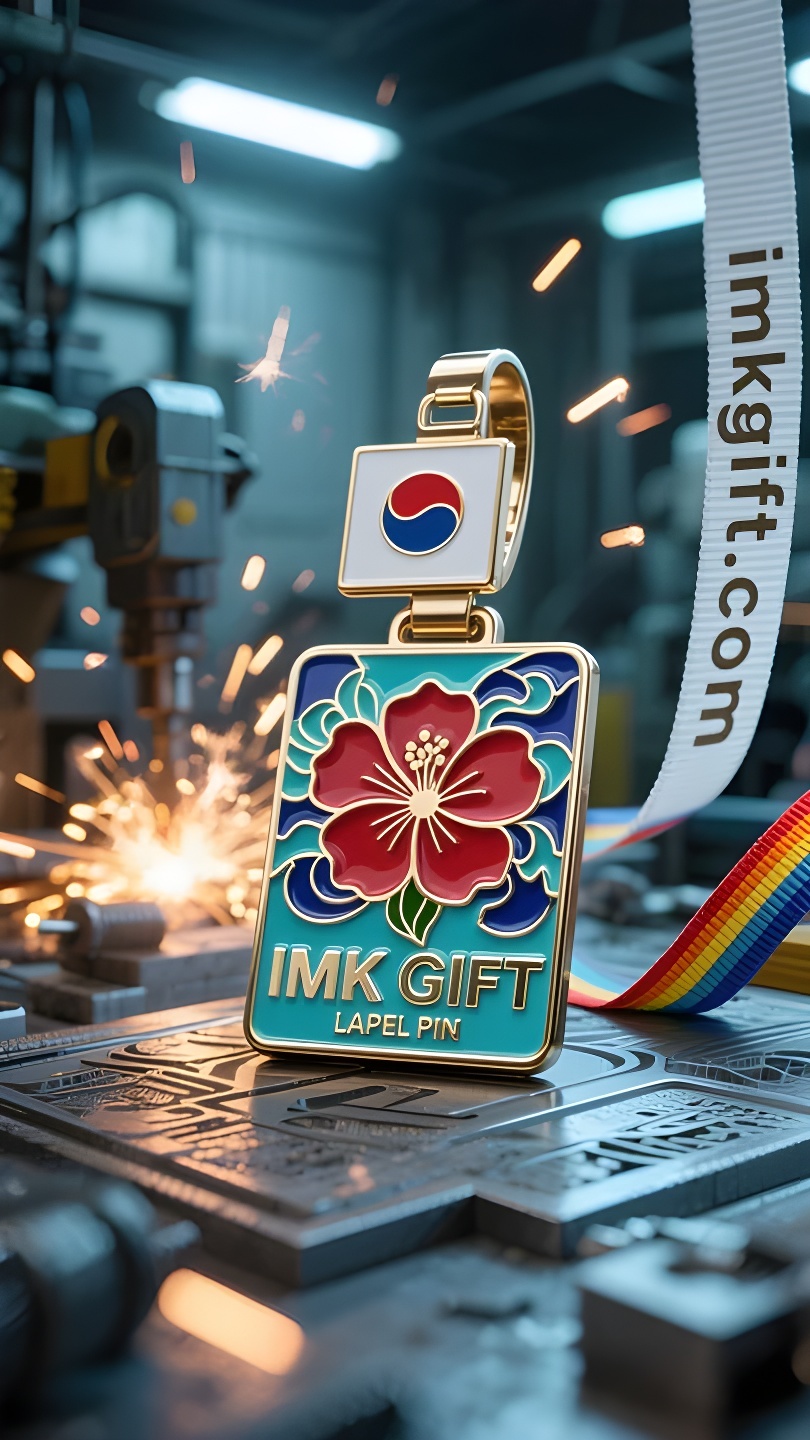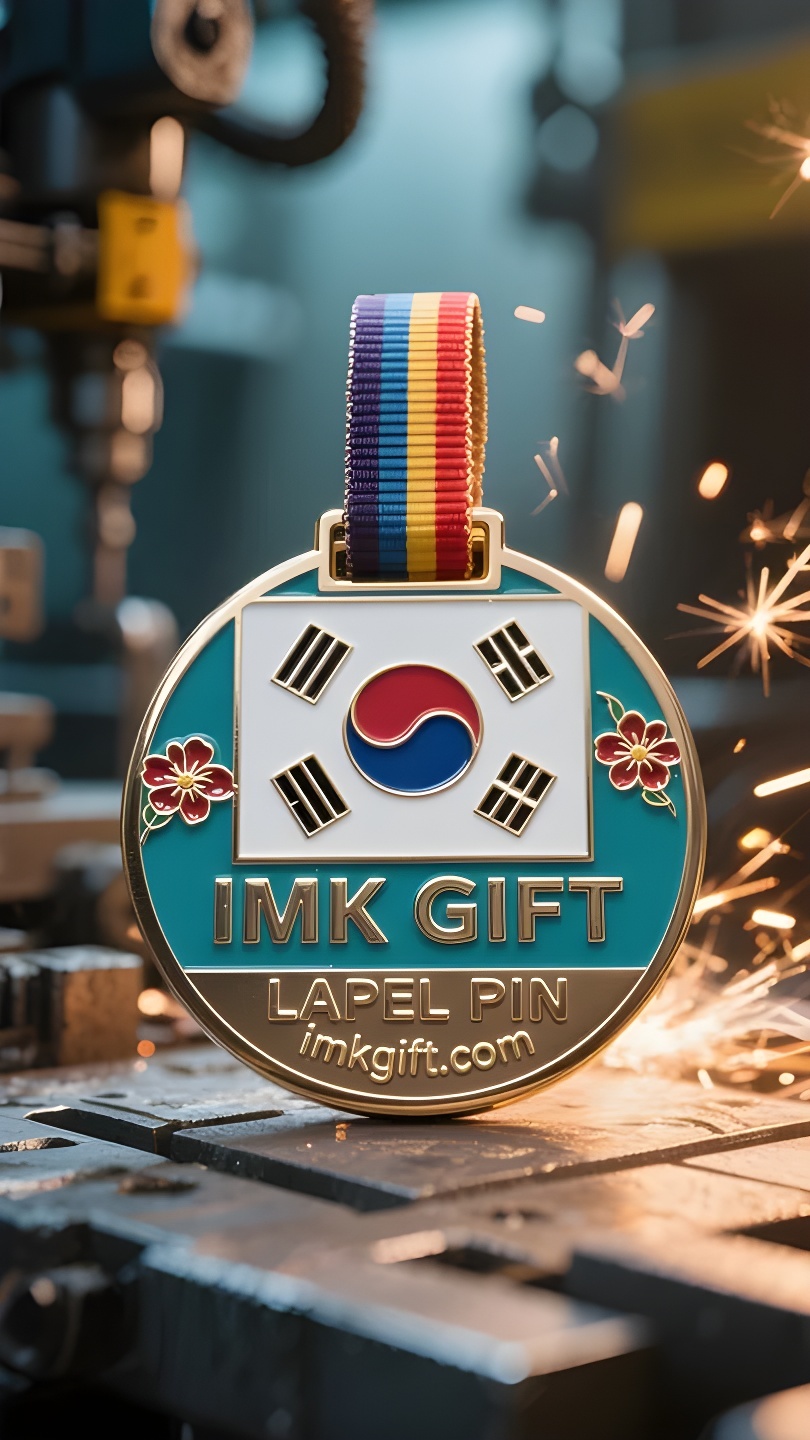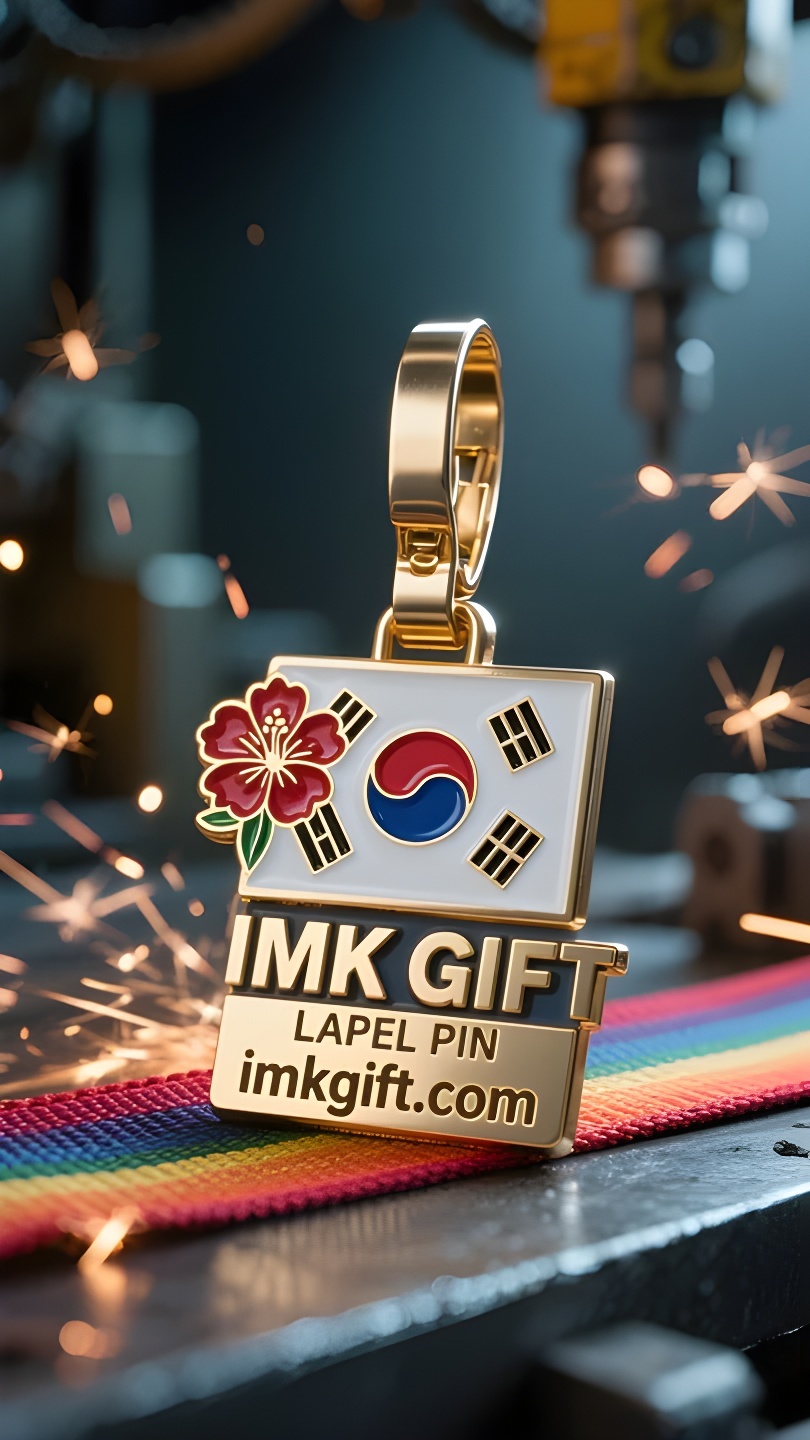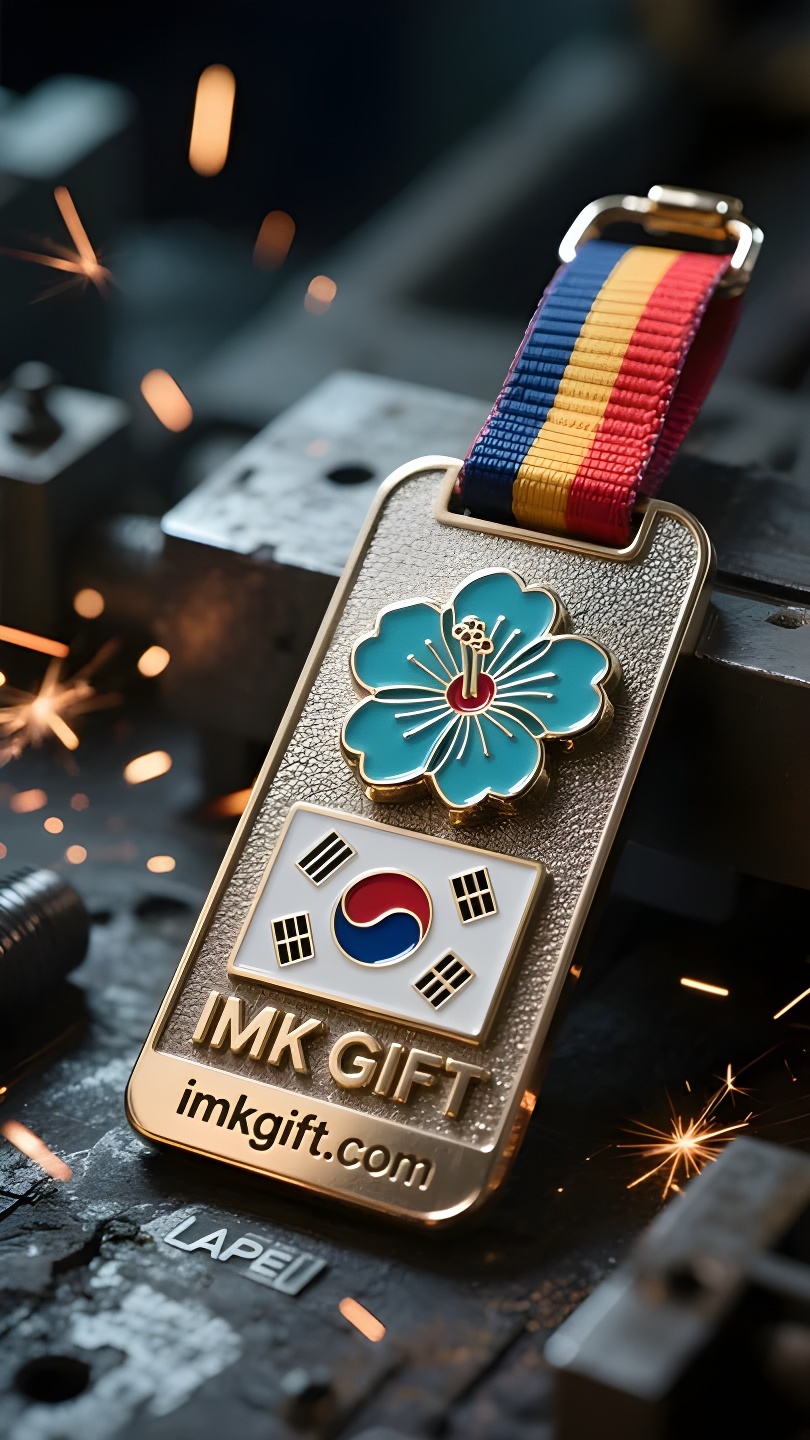in983-무궁화꽃이-피는-곳-산과-강은-빛으로-가득하다
▼
8월의 한국의 햇살 아래, 목화꽃은 가장 열정적으로 피어납니다. ‘무한의 꽃’으로 추앙받는 이 국화는 민족정신의 구체적인 상징과도 같으며, 무궁화 무늬가 수놓아진 짐표는 전 세계를 여행하는 현대 한국인들의 묵묵한 선언이 되고 있다. 태극기의 파란색과 빨간색의 조합은 음과 양의 조화라는 삶의 철학을 나타냅니다. 네 모서리에 있는 건(乾), 곤(坤), 간(閑), 리(里)의 육십사괘는 사방을 보호한다는 영원한 믿음을 구현합니다. 이러한 문화적 코드가 수하물 태그에 새겨지면 더 이상 단순한 장식이 아닙니다. 각 패턴은 방랑자에게 지구상 어디에 있든, 히비스커스 꽃처럼 강인해야 한다는 것을 일깨워줍니다. 한 송이의 꽃은 하루밖에 피어나지 않지만, 백 일 동안 계속해서 피어날 수 있습니다. 이는 바로 여행자에게 짐표가 주는 생존의 지혜입니다. 일시적인 어려움은 결국 지나가고, 본래의 마음을 붙잡고 있을 때에만 영원을 얻을 수 있습니다. 현대인들은 이러한 문화적 유물을 가지고 먼 곳으로 여행을 떠나고 있으며, 그들의 여행 가방 바퀴가 굴러가는 땅의 모든 인치는 계속해서 새로운 국가적 서사를 쓰고 있습니다. 해방의 날 전날 서울 거리를 휘날리던 태극기처럼, 목화꽃 무늬가 달린 여행 가방은 외국 공항에서 이동식 문화 신호등이 되면서, 인내와 개방성이라는 동양적 특징을 증명해 보였습니다. 손끝으로 짐 태그의 고르지 않은 무늬를 만지면, 5천 년 동안 지속되어 온 국가의 정신적 토템을 만지게 됩니다.
Under the sunshine of August in South Korea, hibiscus flowers are blooming in the warmest manner. This national flower, revered as the “infinite flower”, is like a concrete symbol of the national spirit, and the luggage tag sewn with hibiscus patterns is becoming a silent declaration of contemporary Koreans traveling around the world. The blue and red blend of the Taegeukgi tells the philosophy of life that harmonizes yin and yang; the Qiankun, Kanli hexagrams at the four corners embody the eternal belief of protecting the four directions. When such a cultural code is engraved on the tag of a suitcase, it is no longer a simple decoration – every pattern reminds the wanderer: no matter where in the world you are, you must be as tenacious as a hibiscus flower. Even if a single flower lasts only one day, it can bloom for a hundred days in succession. This is exactly the survival wisdom that the luggage tag gives to the wanderer: temporary difficulties will eventually pass, and only by sticking to your heart can you achieve eternity. Modern people travel far away with such cultural tokens, and every inch of land rolled over by the wheels of the suitcase is continuing to write a new national narrative. Just like the Taegeukgi flag flying on the streets of Seoul on the eve of Liberation Day, the suitcases with hibiscus flower tags have also become mobile cultural beacons at foreign airports, witnessing the oriental character of perseverance and openness. When your fingertips touch the concave and convex patterns on the luggage tags, you are touching the spiritual totem of a nation that has lasted for 5,000 years.
在韩国八月的阳光下,木槿花正以最热烈的姿态绽放。这朵被尊为”无穷花”的国花,恰似民族精神的具象化符号,而缝制着木槿花纹样的行李牌,正成为当代韩国人走遍世界的无言宣言。
太极旗的蓝红交融,诉说着阴阳调和的生命哲学;四角的乾坤坎离卦象,凝聚着守护四方的永恒信念。当这样的文化密码被镌刻在旅行箱的吊牌上,便不再是简单的装饰——每一道纹路都在提醒漂泊者:无论身处地球哪个角落,都要像木槿花般保持坚韧。纵使单朵花期仅有一日,却能前仆后继绽放百日,这恰是行李牌赠与游子的生存智慧:暂时的困顿终将过去,持守本心方得永恒。
现代人带着这样的文化信物远行,行李箱滚轮辗过的每寸土地,都在续写新的民族叙事。正如光复节前夕首尔街头飘扬的太极旗,那些系着木槿花吊牌的行李箱,也在异国机场化作移动的文化灯塔,见证着坚守与开放并存的东方品格。当指尖抚过行李牌凹凸的纹样,便是触摸着一个民族绵延五千年的精神图腾。
▼
Contact Us
📞 Tel: +0086-760-85286839
📧 Email: sales3@imkgift.com








